Up until recently, I never thought much about those clingy stickers on apples and oranges. We all know they’re just super annoying and hard to peel off. I always assumed these things were useless, but as I started to become more health conscious about my food choices, I realized that the barcode and seemingly cryptic numbering system actually had to do with the difference between organic and regular produce.
The numbers on these irritating stickers are called PLU (Price Look Up) codes and they contain 4 or 5 digits carefully thought out by the IFPS (International Federation for Produce Standards). FYI, the IFPS approves PLU codes for use in any country for a more convenient checkout.
In 2009, a law was passed in the US that required the country of origin to be labeled on all PLU codes as well.
The first number in the PLU code is super important cause it tells you which of the 3 categories your produce falls under. Here’s what they mean and what to look for next time you’re shopping:
A) Conventionally Grown: Fertilizers and pesticides may have been used to grow large crops.
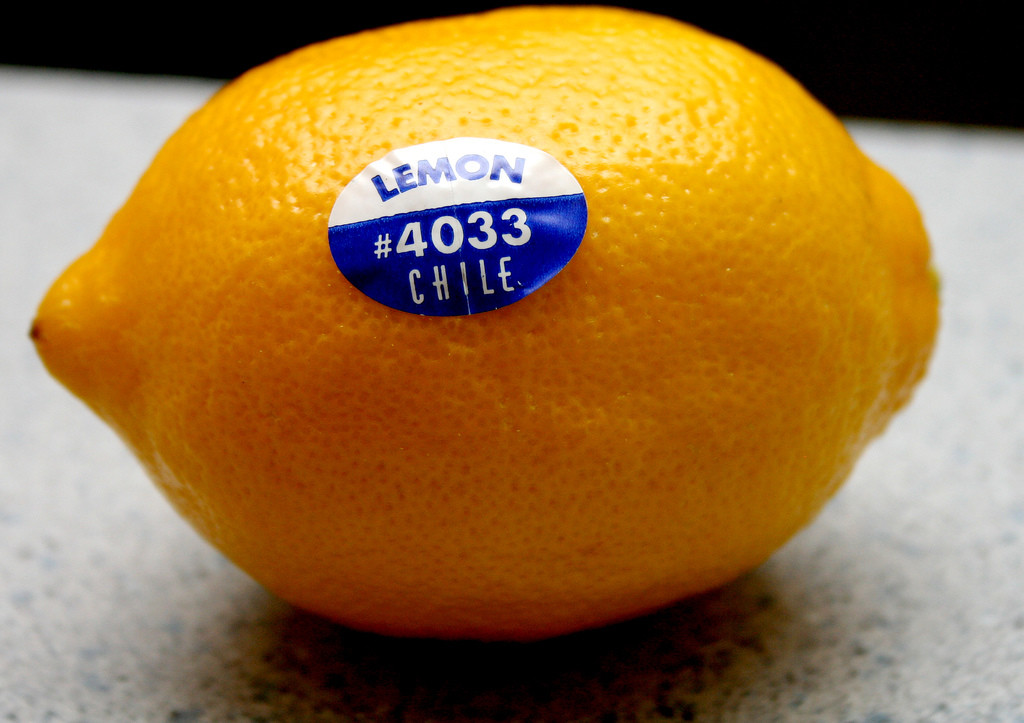
Photo courtesy of Flickr
- 4 digit codes starting with a 3 or 4
- Example: A conventionally grown lemon PLU #4033
B) Organic Produce: Hasn’t been treated with fertilizers or pesticides.
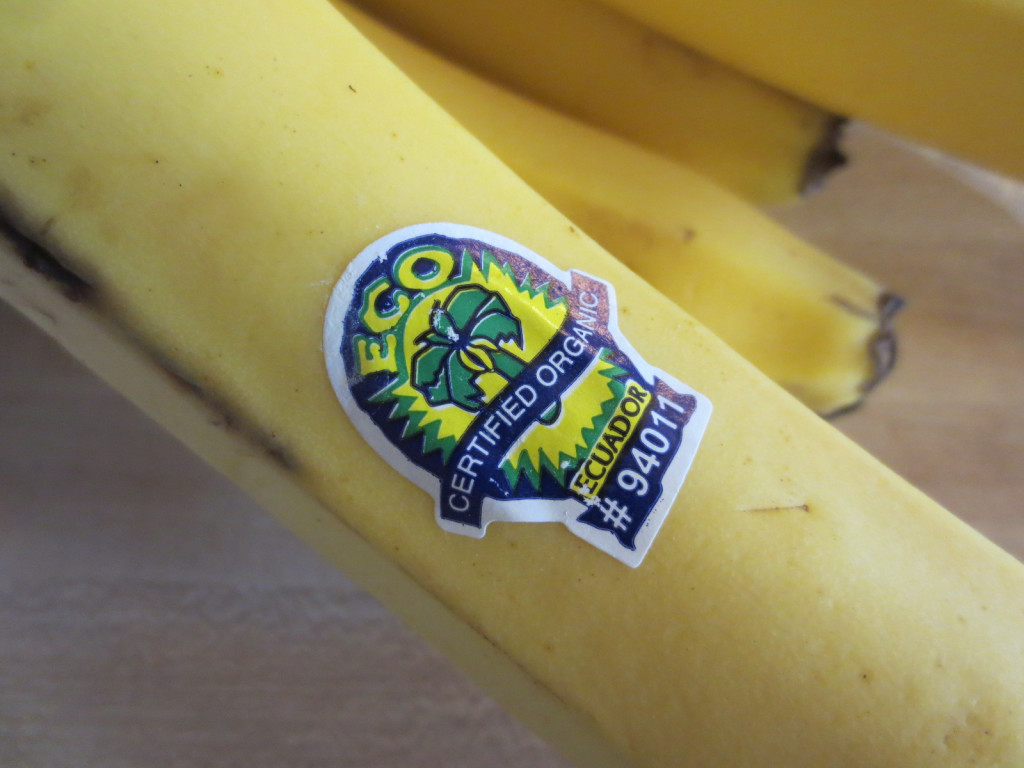
Photo courtesy of Flickr
- 5 digit codes starting with a 9
- Example: Organic yellow bananas PLU #94011
C) Genetically Modified: Genome is altered artificially in a lab.
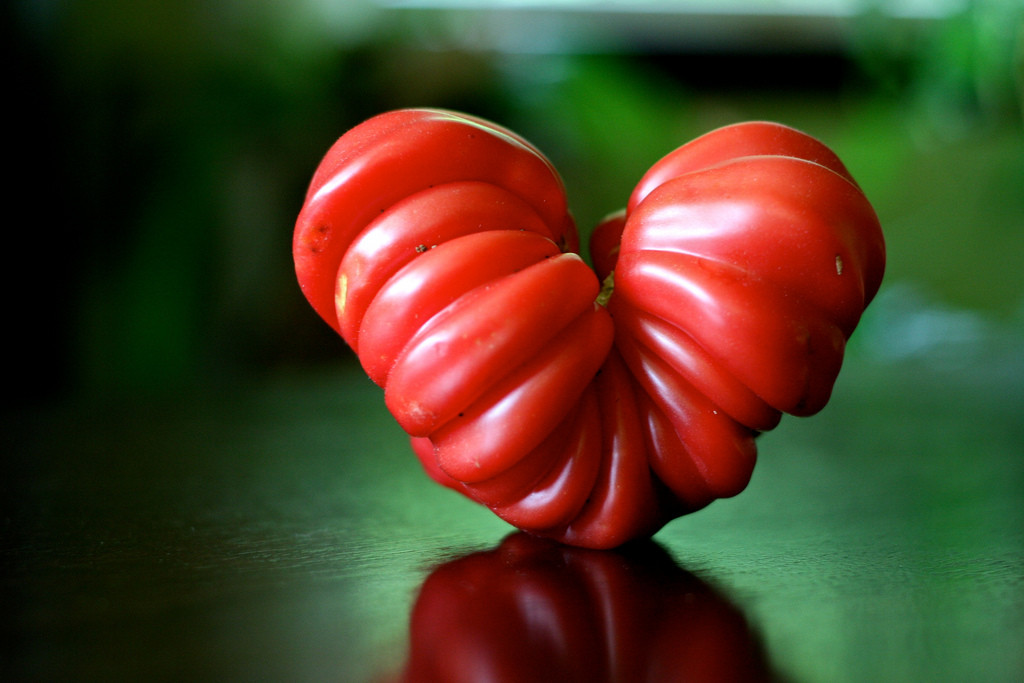
Photo Courtesy of Flickr
- 5 digit code starting with a 8
- Example: GMO tomato PLU #84805
To see an “8” on a label is pretty rare since a lot of people freak out over GMO products nowadays (if you don’t know what a GMO is, read this). BTW, PLU codes are not mandatory by any governing body and they’re just an option retailers can use. However, luckily for those in the U-S of A, there are only a few foods that have a high risk of being GMO. These include papaya (especially from Hawaii), zucchini, yellow squash, and corn.
So if you are looking to buy one of these items, your best bet is to get ’em labeled “GMO-free,” “Non-GMO,” or “USDA Organic.”

Photo Courtesy of Flickr
Last but not least, after that first number (aka the 9, 4, 3 or 8) the numbers will fall in the ranges of 3000-4999. And just between you and me, the numbers after the 3 or 4 are assigned by the IFPS to further identify the type and size of the produce.
For example, a conventional Honeycrisp apple is PLU #3283, while a large organic Red Fuji apple is PLU #94131. Let’s be honest, we’re not gonna memorize all of this, but you can check out specific PLU codes here.
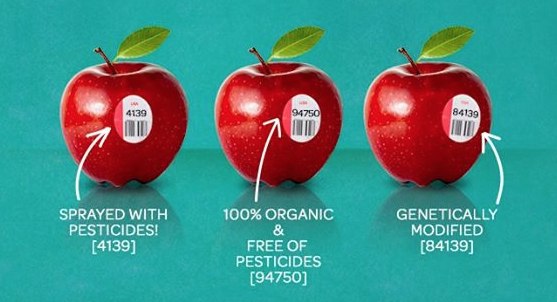
Photo courtesy of tastesnutritious.com
If these stickers still annoy you, save them and make cool PLU code origami art, like below.
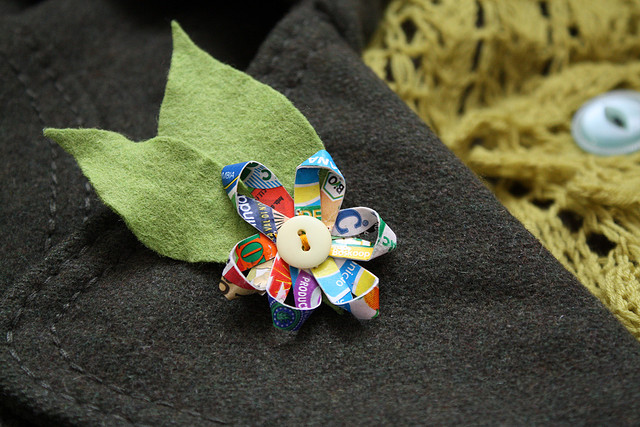
Photo courtesy of Flickr


